Blending into the environment is a key survival tactic for many animals. However, colour change isn`t just about camouflage—it also plays roles in communication, body temperature regulation, and attracting mates.
Here are seven fascinating animals that change colour, and the science behind their transformations:
Crab Spiders
Also called flower spiders, these spiders shift between white and yellow to blend in with flowers while lying in wait for prey. Although this may not directly boost their hunting success, researchers suspect the colour change may serve multiple functions, including signaling or deterring threats.
Cyanea Octopus
This octopus is a camouflage expert. It uses special skin cells called chromatophores to change colour rapidly. Controlled by its nervous system, this allows the octopus to blend in, escape predators, or communicate instantly with others.
Cuttlefish
Known for their incredible camouflage skills, cuttlefish can alter both colour and skin texture—even in near-total darkness. They use chromatophores to mimic their environment’s colour, contrast, and texture, making them highly efficient at avoiding danger and ambushing prey.
Chameleon
Contrary to popular belief, chameleons don’t primarily change colour to hide. They shift hues to regulate body temperature and communicate. Darker colours help absorb heat, while brighter tones reflect it. Colour changes also express dominance or mating readiness to other chameleons.
Golden Tortoise Beetle
This beetle can dramatically shift from shiny gold to dull red or brown in response to threats. The change happens when fluids within its wing covers alter how light reflects off its surface, possibly warning predators that it’s unpalatable or toxic.
Pacific Tree Frog
These frogs transition between green and brown over several hours or days. Their colour change helps them adapt to different backgrounds and temperatures, making them less visible to predators.
Flounders
Flounders are masters of underwater disguise. They use chromatophores to quickly alter their colour and pattern to match the ocean floor. This helps them both avoid predators and ambush prey effectively.


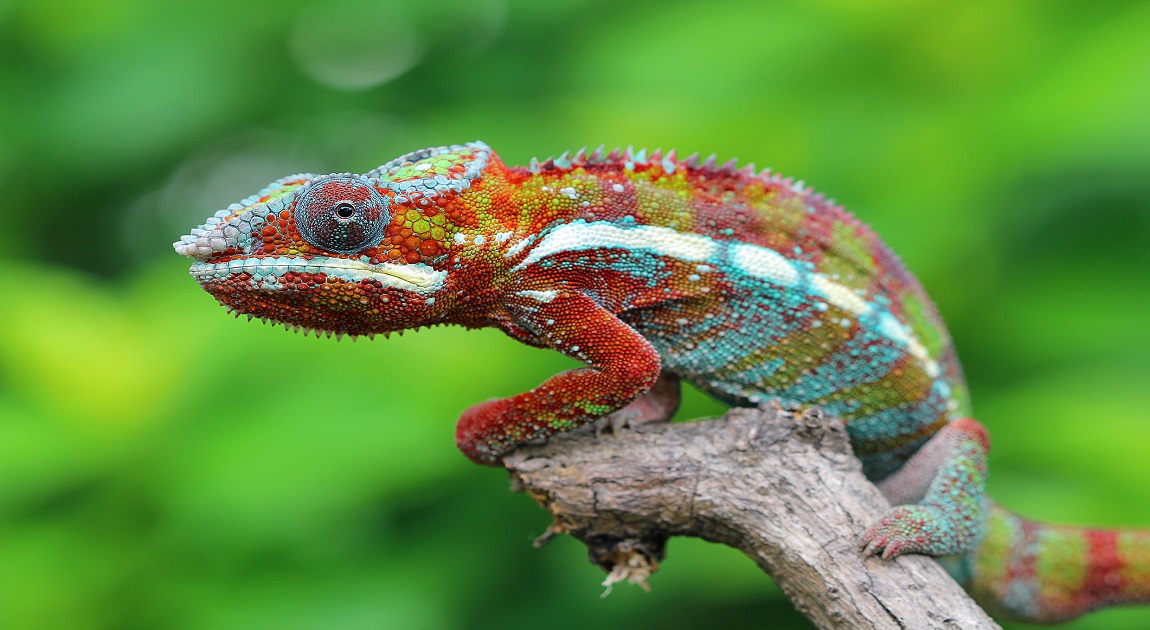





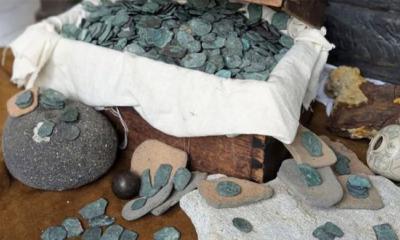



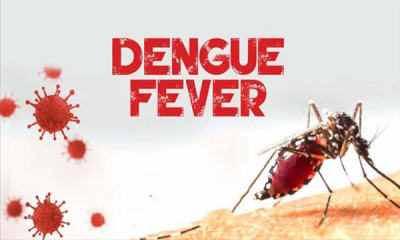





-(25)-20251122062715-20251204041734.jpeg)







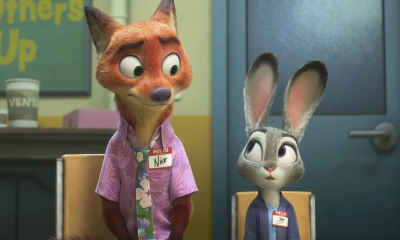



-(25)-20251122062715-20251202031751.jpeg)
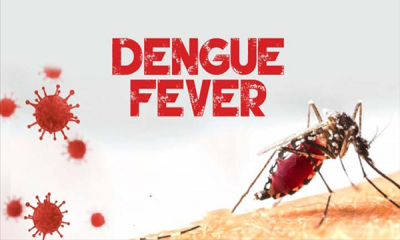
-(31)-20251128083257.jpeg)

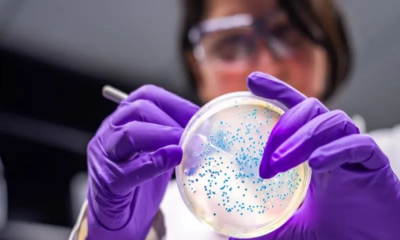

-20251128190511.jpeg)

